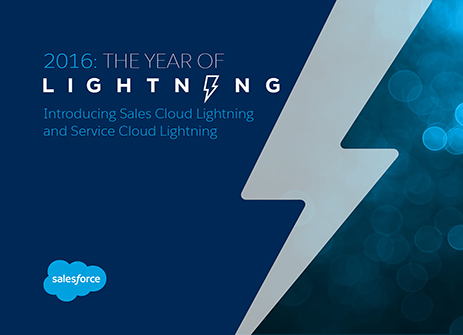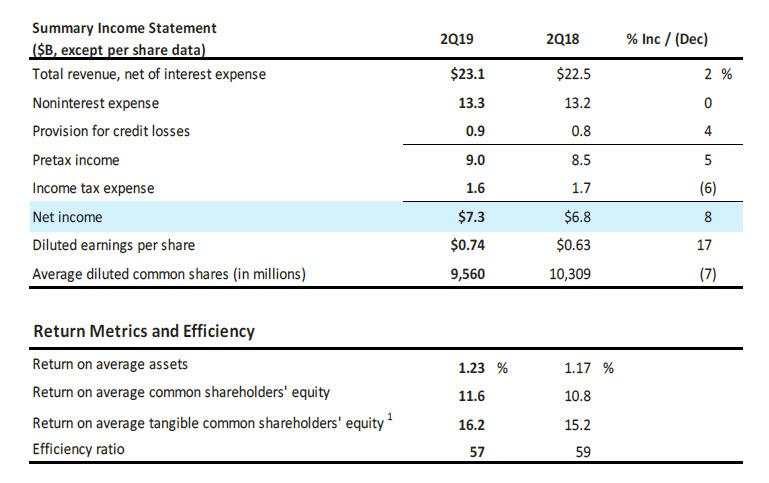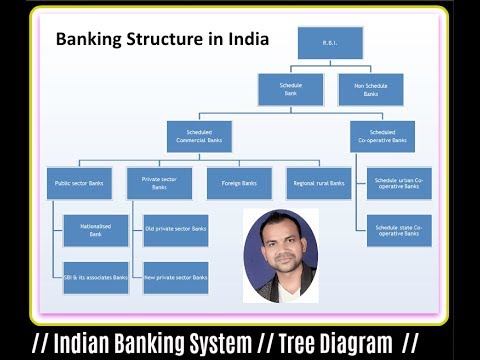
Mobile CRM apps take advantage of features that are unique to mobile devices, such as GPS and voice recognition capabilities, to give sales and marketing employees access to customer information from anywhere. Of course, we’d like you to consider choosing Zendesk Sell as your sales CRM software. Beyond managing your customer information, our tool also provides valuable insights to improve your pipeline, sales performance, conversations, and processes. For example, according to a Capterra CRM user survey, 47% of respondents cited their CRM as a major factor in customer retention. That same percentage also cited their CRM as helping to increase customer satisfaction.
With a mapped-out sales process and knowledge of the activities involved, sales teams can spend less time worrying about mundane tasks and more time closing deals. Effective personalizations and segmentations are crucial to successful marketing. For all of the advancements in CRM technology, without the proper management, a CRM system can become little more than a glorified database in which customer information is stored. Data sets need to be connected, distributed and organized so that users can easily access the information they need. An open source CRM system makes source code available to the public, enabling companies to make alterations at no cost to the company employing the system. Open source CRM systems also enable the addition and customization of data links on social media channels, assisting companies looking to improve social CRM practices.
On The Rise: Tim Loth Mentors Young Security Talent Through SIA’s … – Security Sales & Integration
On The Rise: Tim Loth Mentors Young Security Talent Through SIA’s ….
Posted: Mon, 07 Aug 2023 18:18:30 GMT [source]
These promotions can be easily created through a CRM and then instantly sent to a portion or all of your customer base. With a CRM system, you can set up automatic prompts to ask your customers how you’re doing. You can add an automated code to your receipts that invites customers to share their feedback.
What Is CRM vs ERP?
Additionally, CRM systems can automate marketing efforts and sales processes, making it easier for firms to target and close new business deals. Finally, CRM systems can help firms track their performance against customer expectations, allowing them to make necessary adjustments to improve the overall customer experience. CRM is an integrated system that aims to improve customer relationship management by centralizing customer information and automating marketing, sales, and customer service activities. Social media in CRM involves businesses engaging with customers directly through social media platforms, such as Facebook, Twitter and LinkedIn.

Remember, a CRM system is only one tool in your customer relationship management arsenal – but when used correctly, it can be a powerful weapon. WalkMe’s Digital Adoption Platform (DAP) transforms the user experience in today’s overwhelming digital world. Using artificial intelligence, engagement, guidance, and automation, WalkMe’s transparent overlay assists users to complete tasks easily within any enterprise software, mobile application or website. Whether through social media, email marketing, or data analysis, the key is always to put the customer first and stay agile in your approach. So don’t be afraid to think outside the box and try something new – after all, the customer is always right (even when they’re wrong).
What Is CRM? Customer Relationship Management (CRM Meaning)
We offer SEO services for website positioning and social media management. We carry out digital advertising activities such as Strategic Marketing, Lead Generation, Google Services, E-mail Marketing. We help you develop and create content to strengthen your brand identity and acquire new customers. Traditionally, data intake practices for CRM systems have been the responsibility of sales and marketing departments, as well as contact center agents. Customer relationship management software can be used by a number of departments, including sales, marketing, and customer service. As the pandemic continues to spread in some areas of the U.S., it’s become increasingly clear that uncertainty is our new normal.
Whatever the case, it’s important to plan for a CRM implementation carefully and allow adequate time to ensure that the system is appropriately set up and working correctly. The implementation process for a CRM system varies greatly depending on the specific needs of your business. However, it can generally take several weeks to months to fully implement a CRM system. Focus on making customers happy after interacting with the business, and they’ll be sure to post a positive review.
Thanks to the marvels of technology, you may be able to customize your interactions based on customer demographics or past purchasing behavior. If you have a product that’s been out of stock, you can use your CRM to notify customers who have previously purchased that product. This targeting allows you to improve the experience for select customers without a company is considering several customer relationship management spamming everyone’s inbox. For example, marketing automation systems gather leads by communicating with potential and current customers. With customer relationship management, marketing and sales work better together to drive sales and increase revenue. When sales and marketing are in sync, sales productivity goes up along with marketing ROI.
- If you don’t have an in-house specialist, you may want to consider hiring one for the project.
- CRM software is also referred to as on-premises CRM because the business assumes the responsibility for the system.
- CRM systems in the B2B market help create more visibility into leads and, therefore, increase efficiency throughout the sales process.
- These clues are gathered in the CRM platform and used to create customized prospect experiences, beginning from the initial point of contact.
However, over time, these solutions have extended their reach and become integral to marketing, ecommerce, and customer service functions. Although CRM primarily revolves around customer relationships as its name suggests, it also lends businesses a helping hand in boosting sales performance. Live chat assistance makes interactions more accessible and is quickly gaining popularity as a primary communication channel for many enterprises, including eCommerce businesses, online healthcare, real estate, and banks. It increases customer satisfaction while becoming a significant part of the client journey. Data-driven customer relationship management strategies show organizations that client interactions matter and which valuable prospects to concentrate on. Past sales data captured in a CRM platform can assist in tempting existing customers with enticing offers, generating quantifiable economic impacts on the company’s performance.
What Are the 5 Types of CRM?
CRM software applications are used in retail, banking, insurance, and e-commerce industries. These systems help businesses track customer behavior patterns such as purchasing history, interests, preferences, and feedback. Before we dive into learning about CRM software, check out these resources to learn more about customer relationship management as a strategy and framework. Check out our guide on customer relationship management to learn what CRM is, why it’s important, how to select the best CRM software, and how to make the most of your CRM software.

Sales managers can use the CRM to keep tabs on team performance and activities, complete sales forecasting, and create/review reports to see what targets were met and what areas of the pipeline need improvement. On top of that, 40% still use manual methods, such as spreadsheets and email programs, for customer data storage. If you receive the same feedback over and over, you may want to look at what systemic or operational adjustments your business can make.
What does your business need from its CRM?
The Customer Relationship Management MCQ with Answers was designed to help you assess your knowledge of CRM concepts and answer any questions. With this information, you can better decide how to use CRM to improve customer relationships and maximize profits. The primary goal of CRM is to improve customer satisfaction and retention by providing personalized experiences. Customer Relationship Management, commonly known as CRM, is a business strategy that has been around for decades. It involves using technology to manage and analyze interactions with potential customers.
If you need more time to formulate a response for a complicated situation, let them know. Transparency in customer service lets them know that you care and are taking the steps necessary to address the issue. First, you can use promotions to collect information and build customer profiles.
The software also allows marketers to track the effectiveness of their campaigns and determine how much revenue their marketing efforts are bringing in. A sales CRM is used by both sales reps and sales managers but in different ways. Sales reps use CRMs to communicate directly with customers, while managers use the tool to monitor and assess performance data for their team.
Customer intimacy is a term used to describe the level of knowledge and understanding a company has about its customers. This includes data such as customer demographics, preferences, and purchase history. This information allows companies to provide personalized service that meets each customer’s needs. CRM systems should be able to integrate with other software and platforms, such as ecommerce and automation software. This allows companies to use customer data more effectively and gain a more complete view of their business.

As a result, they can be costly, involve time-intensive installations and upgrades, and require in-house IT resources for ongoing maintenance. As with any other business application, the decision to host your CRM on-premises, in the cloud, or as a hybrid model depends on your business needs. Qualitative data can help you better understand your contacts’ intent, including search behaviors related to buying decisions. In the world of sports, being a fan has traditionally involved watching games, cheering for your favorite teams and discussing the latest highlights with fellow enthusiasts.
It also means that even if your customers remember that they need something from your business, they’re liable to be distracted before they go the extra step of reaching out. Open source refers to the practice of making the source code of a software available to the public. Open source CRMs make it possible for a business to make changes to the system at no added cost.
CRM handles much of the administrative nitty-gritty to free you up for the more creative, personal aspects of customer relationships. Design promotions that will bring your customers back, then use the CRM to roll them out. Offer rewards they’ll really value, then use the CRM to implement the program. When these initiatives are designed with care, they’ll be more memorable and effective.
- After potential prospects are successfully engaged, the next step is converting those leads into paying clients.
- If a CRM system is new to your business, you may be better served with a more pared down version.
- Understanding what you want, and need, from your CRM is the crucial first step towards making a worthwhile investment.
- Support reps can also use a CRM to manage all customer interactions on one platform — track tickets, make phone calls, and review customer satisfaction metrics.
- Perhaps you have a customer success team with limited resources; they may block prospects from moving forward in the sales process as they would be unable to deliver success.
- With the right CRM system, you can mine your own data to better understand who your customers are, what they want, and how they want you to interact with them.
It may be helpful to put these together in a list of most important to least important. That way you’ll have a sense of what’s most important to you as you compare options within your budget, giving you a greater sense of confidence in your decision. No one anticipated that the coronavirus pandemic would upend business as we know it. In a rapidly changing economic climate, CRMs have allowed small business owners to communicate information quickly. When states announced forced closures of non-essential businesses in the spring, the CRM systems helped merchants communicate closure, reopening, and other relevant information to their customers quickly and efficiently. Goal setting at the beginning of the process will serve you well as you implement your new CRM system.


